Apple introduced with great fanfare its new family of portable MacBook Pro, where no doubt the highlight was the addition of an OLED touch strip on the top of the keyboard, which has been dubbed ‘Touch Bar’ and comes with the idea to improve processes when working on the MacBook.
Now a day away and with slightly cooler things we have started to investigate what’s behind the new touch bar MacBook, because yes, it looked very nice in the demos but it is more interesting to know what is what is behind and the possibilities open for the future of Apple computers as it could be a first step towards iOS merger with macOS, an idea that has been present for several years and so far not he has been able to achieve.
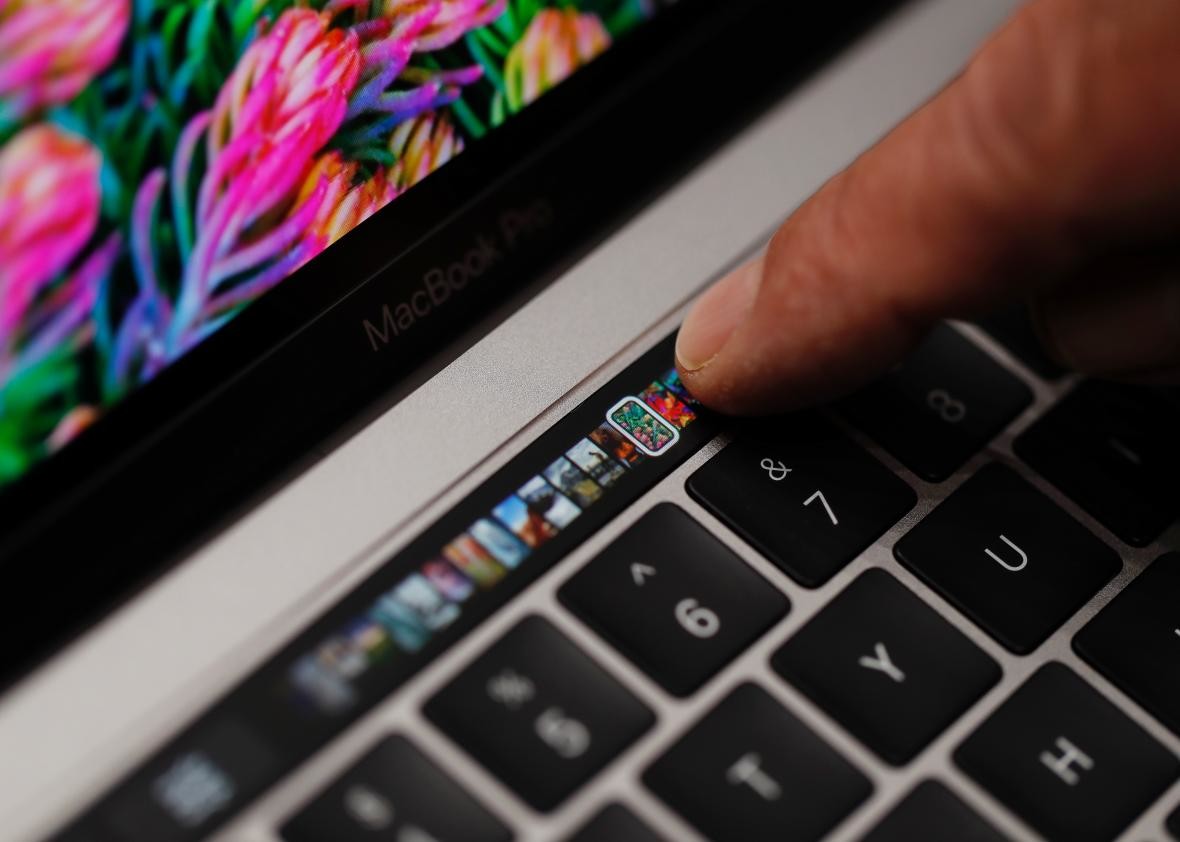
What’s behind the Touch Bar?
We started by the technical specifications. The Touch Bar integrates a panel OLED touch 2170 x 60 pixel resolution and a viewing angle of 45 degrees, the panel has a “less bright” coating iOS devices in order to capture the least amount of fat possible.
The bar is divided into three parts, two of the bank are aimed at the system buttons, for example, on the left side dubbed ‘System Button’ only see the ‘Escape’ key, ‘Cancel’ or ‘Done’ nothing else. In the right area known as ‘Control Strip’ find the usual keys such as volume and brightness, as well as keys that will enable developers to access pop-up menus. Finally, the central area bears the name of ‘App Region’ and is where developers can make your imagination to extend the functionality of their programs.
Note that at the end (right) of the bar is located to the Touch ID sensor, which only serve as power key and to detect our footprint, nothing more. In addition, it has been confirmed that the Touch Bar is compatible with Windows through Boot Camp or Parallels, where the bar is automatically transformed into the usual function keys, while the sensor area Touch ID only serve as power key and rest since the fingerprint sensor will not be enabled.
ARM finally comes to Mac … but to live with Intel
An interesting point is the fact that Apple confirmed that its new MacBook Pro with Touch Bar integrate the new Apple T1 processor, which is not much mentioned in the presentation, but today have come to light the first details.
The Apple T1 is based on ARMv7 and runs a modified version of watchOS known as ‘Bridge’ (later delve into this) processor, its task is to manage the operation of the Touch Bar through orders from the Intel processor through MacOS Sierra, plus it handles all security processes performed with Touch ID, since it is capable of storing fingerprints encrypted to protect the rest of the system, or Mac OS is able to access this information. But the most interesting is that the T1 is also responsible for the operation of the computer front camera, this in order to protect the user from malware attacks that arrived to request access to the camera.
This SoC designed by Apple and tentatively manufactured by TSMC, which is not yet confirmed, is a variant of Apple S1 processor included in the Apple Watch, so practically the Touch Bar could be considered a small Apple Watch with limiting the they operated exclusively as an extension of the keyboard.
The T1 Apple has its own GPU who is responsible for managing the graphics and images of the Touch Bar, plus it also integrates an image processor (ISP), which function is unknown even inside the bar.
You may also like to read another article on improtecinc: MacOS Sierra: How to install it and what are its main innovations?
Irish developer Steven Troughton-Smith has begun to delve into the documents it has provided Apple to develop applications compatible with Touch Bar, and found quite interesting things about where the modified version of watchOS stands, which in turn is a modified version of iOS. This does not mean that the Touch Bar can run their own applications, as Apple has specifically created to not have a full user interface and does not have the ability to run the clock.
The Touch Bar has its own flash storage just 25MB, which serves to start and control the hardware. Here developers have access to an API that allows them to expand the compatibility of their applications to use the bar, but all this is done through macOS which is connected to the bar via USB, since direct access to the bar it is restricted with the idea of not misuse it.
Nothing games, Touch Bar is a serious thing for Apple
A curious aspect that we find in the documentation that Apple has provided developers is the series of restrictions that make it clear that the Touch Bar is an extension of the keyboard and touchpad, is not a secondary display.
Among the things that cannot be done within the Touch Bar is showing animations, notifications or alerts, messages constantly scrolling text, or anything else that distracts the user’s attention. It is recommended not to use bright colors because the bar must be consistent with the keyboard.
This eliminates the possibility that some developers had raised that bar a news feed updated in real time, a progress bar when you are downloading or installing anything, and even updates or mentions in Twitter or Facebook will display deleted. But the strangest thing is that Apple does not want keys to cut, copy, paste, undo, save, close, print and out, as they duplicate keyboard shortcuts and function Apple Touch Bar goes further.
Obvious or talk of possible games. Come on, the Touch Bar remains still on the keyboard and Apple wants its functions remain unchanged.
Ok, so all this mean?
Now with all these details we try to see a little ahead, speculate, because the idea of having an integrated on a Mac iOS device is very attractive for all the possibilities that this entails, as we finally have a first step towards the desired integration macOS / iOS, go, still it is not as we expected at all but the door open for a future where you could integrate a screen within the touchpad powered by iOS, which could ignite without enable entire computer.
Having its own interface, processor and memory makes the Touch Bar is an integrated Mac additional system, which could be enabled with network functions at all times to receive messages or emails, notifications, updates and even to perform quick tasks on the march, come on , this could be the start of an experiment that enhances the use of Mac for the future.
Tags: Apple, Mac Touch Bar
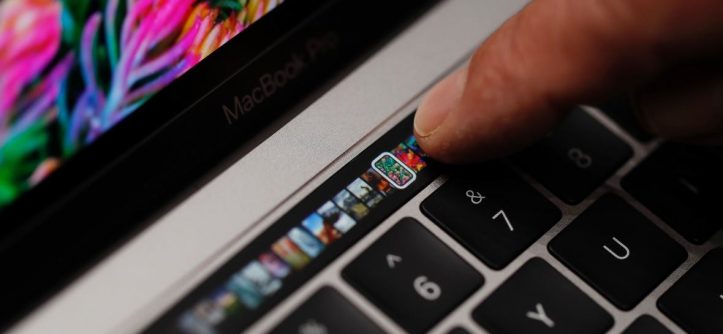
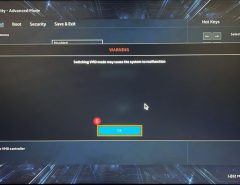
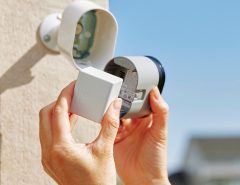
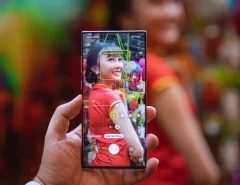
Leave a Reply